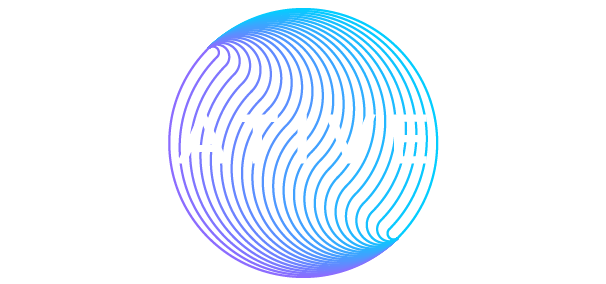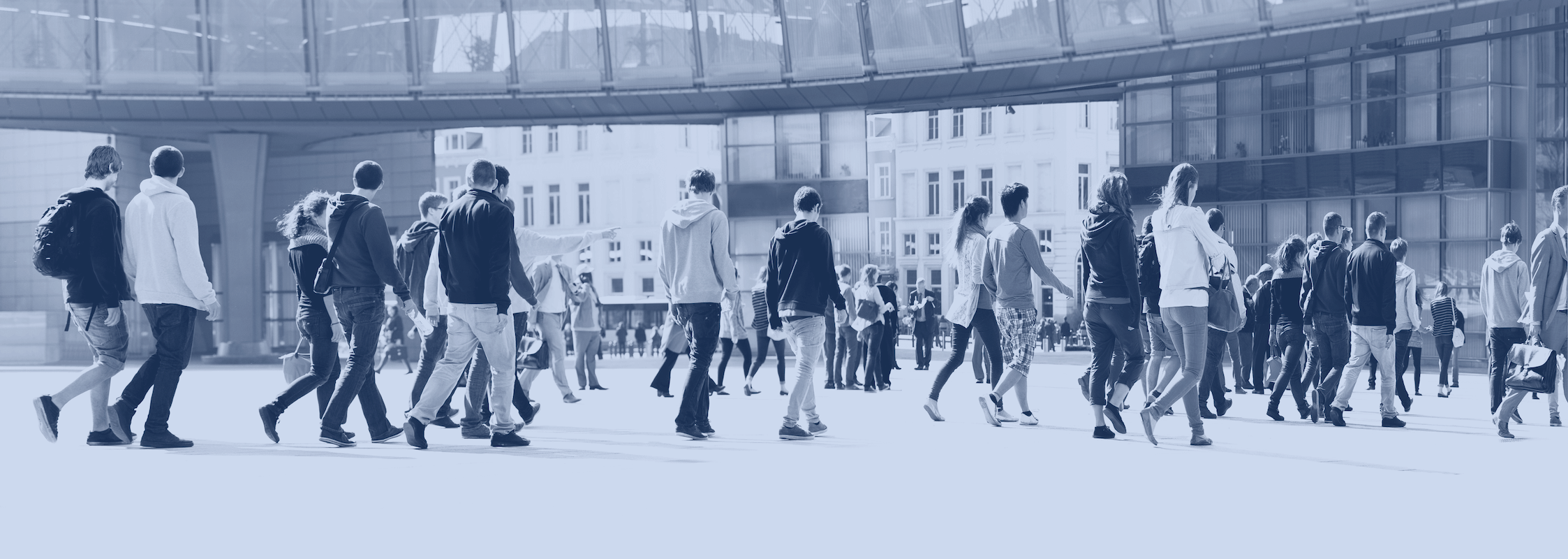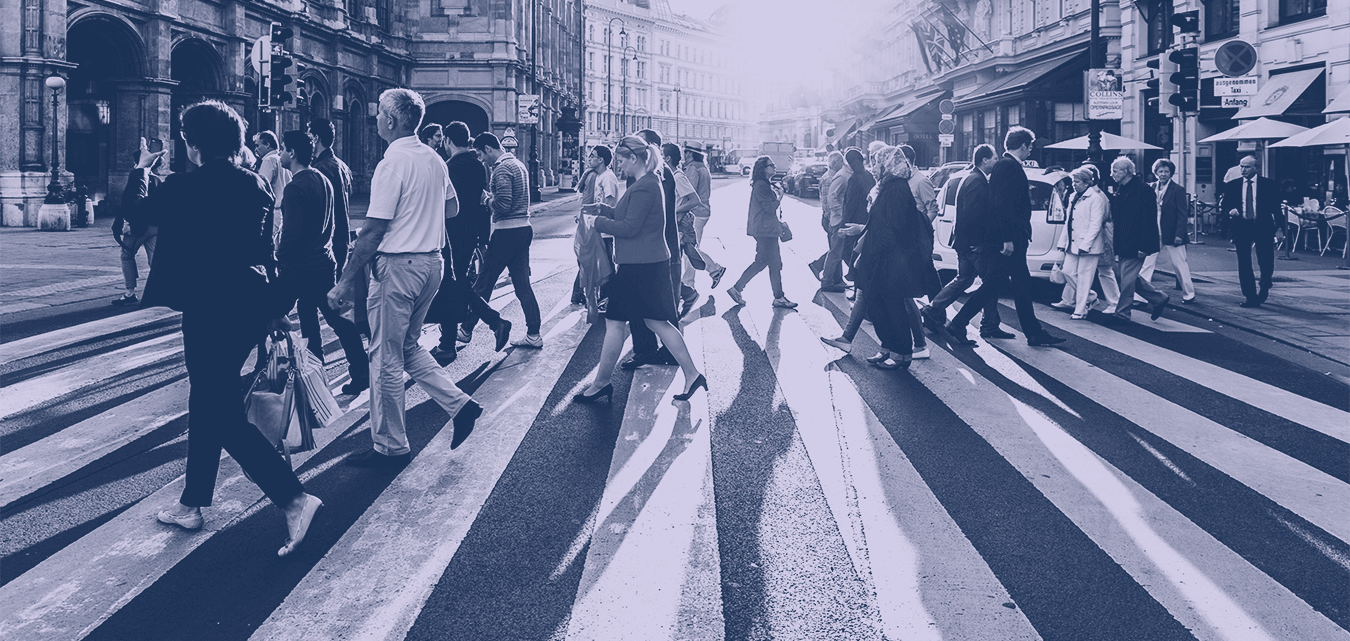Set in the year 2030, the Idir explores what the world could be
a decade into the future. From advanced materials, through
medicine, to bioaugmentation and infrastructure, we stand on the
precipice of a great age of science and invention.
Idir is an Irish word meaning the "inbetween." It refers to the
worlds that could exist between the wholly analogue and virtual
- familiar, but dissimilar.
This piece of design fiction considers the rise of enhanced
realities - layers of manifest data that sit on top of the
analogue world around us. Viewed through emerging lens
technology and connected by IoT infrastructure, the Idir assumes
that cities are unlikely to change fundamentally in the space of
a decade but could instead become canvases upon which we paint
our own realities.
People still have phones. Or what they refer to as phones.
Powerful pocket-size, flexible screens that are often worn as
bracelets or integrate into their clothing in peculiar ways.
They function as centralised consoles that exist principally to
control API access to people’s cloud-based data. You can’t
communicate directly with people through your phone anymore.
There’s no microphone or camera. The word just stuck.
Our phones help us to administer our systems, devices and
augments that we wear all the time to help us interact with the
world around us.
These devices include:
Augmented Reality contact lenses that allow us to see
information associated with people and things, and interact with
it in multiple ways. The soft gel of the lens has a tiny gold
strip that allows it to conduct trace amounts of electricity.
We can do everything - from making biometrically authenticated
investments, to changing our eye colour in a literal blink of an
eye. We can see information related to people and objects, buy
things, analyse environments, and engage with the world around
us in new ways.
Audio implants that augment our hearing, let us listen to music
or podcasts, and syphon out unwanted noise. They help us isolate
noise data we want to consume, filter out what we don’t,
instant-translate foreign languages, and create white noise or
ambient filler when we need to shift mood quickly.
Smart orthopedics in our shoes measure joint impact and shift
slightly to redistribute the weight in an effort to stave off
arthritis and other orthopedic issues.
Dental implants and olfactory implants are used to track data on
diet- and pollution-related health impacts, as well as sensory
stimulation for augmented experiences.
Tiny microchips and sensors under the skin in our hands allow us
to interact with connected devices and virtual objects.
Millennials and Gen X-ers refer to us as “the Borg” - part human,
part interoperable computer. Many of these implants draw
electricity directly from the human body to function. All of the
data generated by them and any infrastructure that we interact
with is stored in our personal cloud. Our phone allows us to
manage the way that data is accessed and used.
The worlds that we see through our AR lenses are dramatically
different from what people see when they are “peeled,” the term
typically used to describe someone with no augments. There’s a
world that exists between the natural world and the wholly virtual
immersive environments created for virtual reality.
We call this the Idir.
When we look around, we can see activity, objects and interactions
totally invisible to the natural world.
Avatars for virtual assistants float beside their owners.
People’s clothes and appearance change due to digital overlays.
Emojis fly between people who don’t even acknowledge each other, a
subtle new form of language and interaction between people that
could lead to something more significant.
Buildings light up with virtual billboards.
Incredible, impossible creatures and crafts soar through the air.
Monsters and miracles hang perched on top of buildings.
Special offers appear in our field of vision, tailored
specifically to us. We can access them just by focusing on them.
In many cases, we can see what seem to be small symbols, like
ruins, adorning people’s clothes, or as virtual tattoos. These
symbols represent virtual profiles, denoting the communities
people belong to, their significance within them, and their roles.
There are millions of different symbols. All Borgs have a library
script accessed by their console that helps them to identify who
and what they’re looking at. The basic libraries are free, but the
advanced libraries with user data and analysis are paid
subscription services.
Virtually everyone pays for some additional data in the Idir. It
is combined with our own data, meta data, shared social data,
citizen data, and public data to create totally unique
environments. As a consequence, no two views of the Idir are the
same. My world is mine alone. You may see it and share it, but to
you it is different.
Some of the symbols denote jobs and status. I can easily find
brokers for virtual goods, sell some of my data, or identify
prominent esports players. I can also easily see the peelers
wandering through the city, ignorant of the magic that surrounds
them.
I walk briskly through a large square, bordered by restaurants
and clothes stores. The restaurants sparkle subtly, letting me
know that they have generated specific lunch offers for me based
on my dietary preferences. The buildings seem to pulse as I look
at them. I am hungry but in a rush, so I dismiss them with a
flick of my hand, and they immediately deanimate.
I skip across the street, making note of the cars and the people
on either side of me. Each one is enunciated with subtle hues to
denote status or state of being. The connected devices, public
surveillance infrastructure and public IoT grid are all
interacting, working in concert to construct a virtual symphony
of informational nuance.
Thermal cameras identify heavy polluters and sick people. The
thermals interact with facial recognition technology to identify
the individuals in question and send them instructions to
isolate themselves.
Failure to do so will result in fines, Idir restrictions,
hospital access limitations, and insurance deductibles. This
data is constantly assessed to identify and manage outbreaks so
as not to overload the health system, and allow it to adjust and
deploy resources efficiently.
If you’ve paid for the public health service data subscription,
you can see your individual public health status, including your
level of infectiousness, close contacts who are ill, and
individual vulnerability scores.
Many of the laws that prevented this type of data sharing were
diminished, repealed or replaced in an effort to improve public
safety after a pandemic. Many people still find it
discomforting. Rumours abound that insurance companies use the
data to refuse coverage or increase prices to older communities.
But it has undoubtedly reduced the likelihood of economic
shutdowns due to pandemics.
The hues that surround people provide useful contextual
information. Green means normal. Black means threat. Red denotes
distress. The absence of any hue means peeler. It is now easy to
identify dangerous situations well before they happen. Criminals
or anyone exhibiting anger or emotional instability are
immediately identified by facial recognition and sentiment
analysis, and become highlighted in my field of vision so that I
can easily avoid them.
The information that I am seeing and hearing is collected and
processed as data and redistributed to the public grid to feed
the AI. The small fees that I get for doing so subsidise the
cost of my own data subscriptions.
I arrive at a large glass building. It looks unremarkably
conventional, a large office building with a glass exterior and a
public atrium. It bleeds into its surrounding, inconspicuous and
aesthetically ambivalent to an average person. But to a Borg it’s
utopia. It comes alive.
Interactive screens display frenetic action, glamorous avatars,
integrated advertising and manic crowds cheering. We call this the
Arcade. There’s at least one in every major city. It’s where the
big esports teams are based and a stadium where you can come to
watch or perform in live competition.
The audio syncs as I enter the Atrium. All of a sudden, the
ambience shifts totally. The walls start to move, the floor falls
away so that I am standing on a rocky outcrop over open space. The
sounds I’m hearing adjust to whatever I’m looking at, generating
immersive audio-visual experiences.
I shift my view away from the cavern below and towards the
terrifying-looking creature armed to the teeth with exotic weapons
and armour, standing solemnly behind a smiling 20-year-old
with wavy dark brown hair. This is Zotto, a Lithuanian gamer, and
her avatar, Ryuk, easily two of the most famous figures in the Idir.
They are world-wide celebrities with manga deals, endorsements and
hordes of fans. I feel a little starstruck.
Esports has evolved enormously in the last decade. While video
game-based esports are still hugely successful, new sports have
also emerged within the Idir. Most notable amongst them are the
Av, or Avatar, battles in an environment called Cogadh. The game
pits two avatars against each other within a virtual stadium
called the Crucible. Millions of viewers from all over the world
watch as humans, cyborgs, elves, wizards and monsters try to
destroy each other, controlled by a human operator.
Enormous amounts of money are gambled on these matches. The top
players are superstars who are often mobbed by fans when seen in
public with their avatars alongside them.
Players spend years constructing and developing their avatars in
accordance with the Idir’s battle rules. Battle Avatars are born
from eggs. You can only buy an egg with Oir, the currency of the
Idir. There are a limited number of eggs spawned at any one
time. They are created when two existing Battle Avatars cede
some of their XP to create the new egg, which is then sold onto
the market.
The creation of the egg is enormously costly for the two parent
avatars and will significantly impair their standings within the
game, so it is only done when the financial return justifies it
or when an Av is coming to the end of its life of 1,000 battles.
Each egg has a specific genetic code based on its parentage. An
egg born of two top Battle Avatars will sell for more than a
champion racehorse. Those genetic characteristics are programmed
to be dynamic so each win or loss will have an impact on the
value of the egg the partner produces. An owner with a Battle Av
that has a 97% win rate over 850 battles will have to choose
whether to seed an egg, forgoing the greatest earning period of
a champions career, or run the risk of taking losses and
damaging the value of the egg that can be created.
Eggs born of unranked Avs can be bought for the equivalent of
hundreds of euros but will likely not have the genetic
advantages of the champion progeny known as prodigies.
There are 10 broad types of Battle Avatar, roughly equating to
races based on certain characteristic strengths. Each avatar’s
features can only be improved by accumulating through winning
within the game, but each player can buy armour and weapons for
Oir to give them a better chance.
Most of the weapons and equipment within Cogadh are created by
third-party creators. Each piece has a value depending on the
resources used to construct it. There are more than 10,000
different materials with distinct defined attributes that can be
combined within Cogadh to create weapons and equipment,
resulting in an almost endless number of variants.
The raw materials are sourced by proof-of-work mining of the
Cogadh’s distributed ledger. Instead of a coin, the miner
receives a non-fungible token (NFT) in the form of a random
material. Some of these materials are extremely rare. They can
be sold on any one of a number of secondary markets to designers
who create weapons and equipment to sell on to players. In this
way, a unique asset is created that has real-world value and
virtual-world utility. Auctions for high-value assets will sell
for millions and often attract international media interest.
There is a buzz in the Arcade today because Zotto is here for
promotional work and an exhibition battle. As I look at the
giant screen of her and Ryuk peering out across the concourse,
the details of her promo appear.
A lot of people will be here to try and tempt her into pairing
off with one of their avatars. They’ll offer her tens of
millions to take control of such a successful genetic
opportunity. Many of them will try to buy Ryuk from her outright
for the promotions, endorsements and royalties the avatar will
continue to generate long after retirement.
I switch off my digital assistant avatar and call up my own
Battle Avatar, Dain, in an effort to get into the spirit of
things. I get in early and take a seat close to Zotto’s
platform. I sync my camera to my data feed and begin to
livestream the event. I have a reasonable following, but my
proximity to Zotto has increased my viewership 10 times over,
and she hasn’t even arrived yet!
I begin to get alerts notifying me of opportunities to advertise
various products on my livestream. I look up and right to see
the notifications, quickly scanning through them using subtle
finger movements that connect to my lenses. I select the brands
I know or use. The advertisers get sequenced based on how much
they’re paying and are placed in the broadcast as AR filters
that viewers can automatically interact with to find out more or
buy the product. I make more money every time someone interacts
with an advert or buys it. My follower count is increasing. I
should make over 500 euros from adverts alone today.
I get an urgent alert in my visual inbox. It’s a request from a
major sports broadcaster to use my feed as part of their
composite coverage of the event. I’ll have to drop all the
advertisers, but the broadcaster is offering substantially more
money if they use my feed, and the profile will be a huge boost
for my own channel and for Dain. The increased profile will
ensure more players want to fight him, increasing the
viewership-based prize pool and the gambling revenues that I
share as a participant.
The battle comes and goes. Zotto wins handily. She even turns at
the end and waves right in my direction. It ensures that my feed
is used exclusively for the latter part of her celebration,
getting me vital seconds of broadcast revenue and exposure. It
might even get syndicated on social.
I leave the Arcade feeling optimistic and buoyed by the day’s
events. I’ve made 2,000 euros I never expected to get, and both
mine and Dain’s channels have seen a host of new subscriptions.
I have 328 offers to battle. That’s extra 1,000 euros for the
apartment savings fund, 500 euros for my parents, 500 euros for
new battle equipment, and possible 5,000 euros extra for the
battle with Dain. It’s been a good day in the Idir.

Check out our Strativerse project if you would like to find out
more about the emerging technologies that will make the Idir
possible in the next decade
Go to Strativerse
L'Atelier is a foresight company that identifies future market
opportunities and challenges in digital and virtual domains
through research, analysis, and exploratory fiction. We are part
of BNP Paribas Group.
Narrative
John Egan, CEO, L'Atelier BNP Paribas
https://atelier.net
Design & Development
Superhero Studios
http://superhero-studios.com







